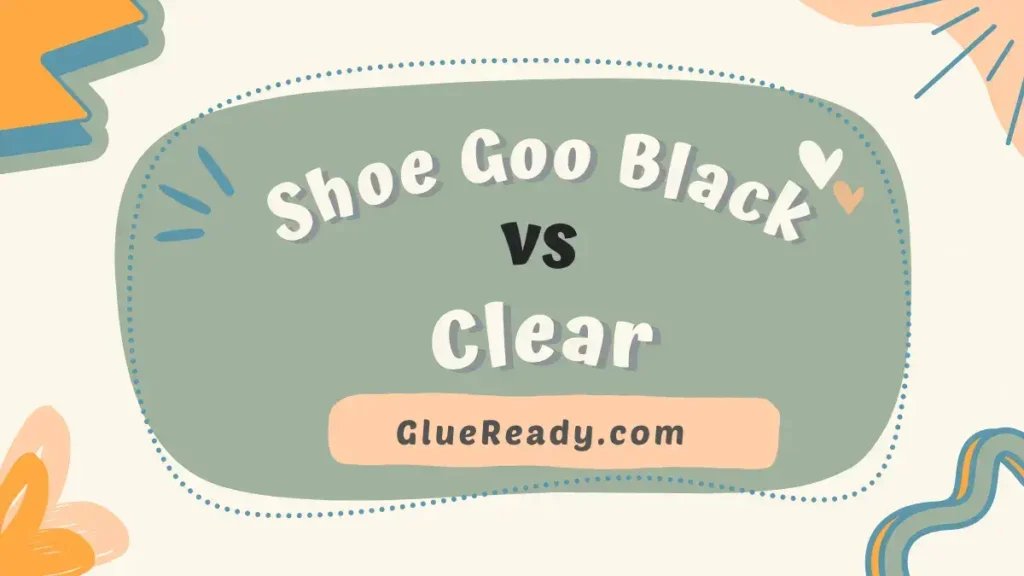Contact Cement vs Wood Glue

Contact cement and wood glue are two common adhesives used in various DIY and professional projects. They have different chemical compositions, bonding mechanisms, and performance characteristics that make them suitable for different purposes and materials.
Contact cement forms an instant bond when two surfaces coated with it are pressed together, while wood glue requires clamping and curing time to create a strong bond between wood surfaces.
In this article, I will compare and contrast contact cement vs wood glue in terms of their properties, applications, advantages, and disadvantages.
Read More: Contact Cement vs Epoxy
Contact Cement: The Instant Bond
Contact cement is a super-handy adhesive that dries lightning fast and bonds like crazy. It’s perfect for tasks where you need to stick stuff together quickly and precisely, like laminating, veneering, or upholstering wood. Just apply it, press the pieces together, and voila! You’ve got a rock-solid bond in no time.

Wood Glue: The Time-Tested Bond
Wood glue is a strong, water-based adhesive made just for bonding wood surfaces. It’s perfect for all kinds of woodworking projects, from simple joints to fancy furniture. It’s the secret ingredient that makes your wooden creations rock solid and long-lasting.

Contact Cement vs Wood Glue Comparison Table
| Feature | Contact Cement | Wood Glue |
| Composition | Neoprene rubber dissolved in a solvent | Synthetic polymers such as PVA or PU |
| Application | Applied to both surfaces, dried until tacky, then pressed together | Applied to one or both surfaces, clamped and cured |
| Drying Time | Instant upon contact | Varies from minutes to hours |
| Bond Strength | Very high | High |
| Clean Up | Difficult | Easier |
| Waterproof | Yes | Yes, but only certain formulations are suitable for wet conditions |
| Ideal for | Laminates, rubber, cork, leather etc. | Wood and similar materials |
Detailed Comparison Between Contact Cement and Wood Glue
Now let’s try to understand the differences and similarities between contact cement and wood glue by comparing them in detail.
Properties
Contact cement is a solvent-based adhesive that forms an instant bond when two surfaces coated with it are pressed together. It is composed of synthetic rubber, resin, and solvent.
Wood glue is a water-based adhesive that requires clamping and curing time to create a strong bond between wood surfaces. It is composed of polyvinyl acetate (PVA), water, and additives.
Applications
Contact cement is great for sticking stuff like plastic laminate, veneer, rubber, cork, and leather to wood or metal. It’s perfect for curves and weird shapes that won’t fit in a clamp.
Wood glue is amazing for joining wood pieces together, like in furniture making, carpentry, or woodworking. It creates super-strong joints that can handle lots of stress and weight.
Read More: Contact Cement vs Gorilla Glue
Advantages
Contact cement is tough stuff that can take the heat, water, and heavy use. It’s perfect for outdoor jobs or places that get a lot of traffic. Plus, it’s quick and easy to use – no clamps or nails needed!
Wood glue is a better choice for the earth-conscious crowd since it uses less material and creates less trash. And guess what? It actually makes wood surfaces bond stronger than contact cement does!
Disadvantages
Contact cement is finicky stuff – you gotta be precise and accurate when using it because once those surfaces touch, there’s no turning back. It also smells pretty bad, so make sure you’re in a well-ventilated area and wearing protective gear.
Wood glue is a bit more temperamental than contact cement – it doesn’t like it when it’s too wet or hot, but a finish or sealant can help protect it. And yeah, it takes some time to dry completely, usually between a few hours to a few days. But hey, it’s worth the wait!
Which One to Use? Contact Cement or Wood Glue?
Choosing between contact cement and wood glue depends on your project’s specific needs. If you’re working with different materials and need a speedy, rock-solid bond, go with contact cement. If you’re dealing with similar materials that need precise alignment and clamping, wood glue is your best bet.
But hey, there’s no one-size-fits-all answer here. Sometimes, either glue could work just fine. So, do a trial run on a small sample before committing to a full-scale project. That way, you can see which glue works best for your specific situation.
Read More: E6000 vs Contact Cement
Frequently Asked Questions (FAQs)
Is Contact Cement Wood Glue?
No, Contact Cement and Wood Glue are not the same. They are different types of adhesive used for different purposes.
How Long Does Contact Cement Last?
Contact cement can last indefinitely if it is stored in a cool, dry place. However, once it is applied, the bond will begin to degrade over time depending on the conditions and stress.
The maximum holding strength of contact cement is reached after 7 days of curing.
Will Contact Cement Hold Wood Together?
Yes, Contact Cement can be used to bond wood together. However, it is not the most suitable adhesive for this purpose.
However, it’s typically used for bonding materials that are difficult to clamp together to use other types of adhesives.
Final Thoughts
Both contact cement and wood glue have their places in woodworking projects.
Contact cement’s instant bond and versatility are ideal for quick applications, while wood glue’s strength and repositioning potential make it indispensable for intricate woodworking.
Hopefully, by reading this comparison between contact cement vs wood glue, now you understand the strengths and limitations of each adhesive and can make informed decisions that lead to successful and enduring creations.






